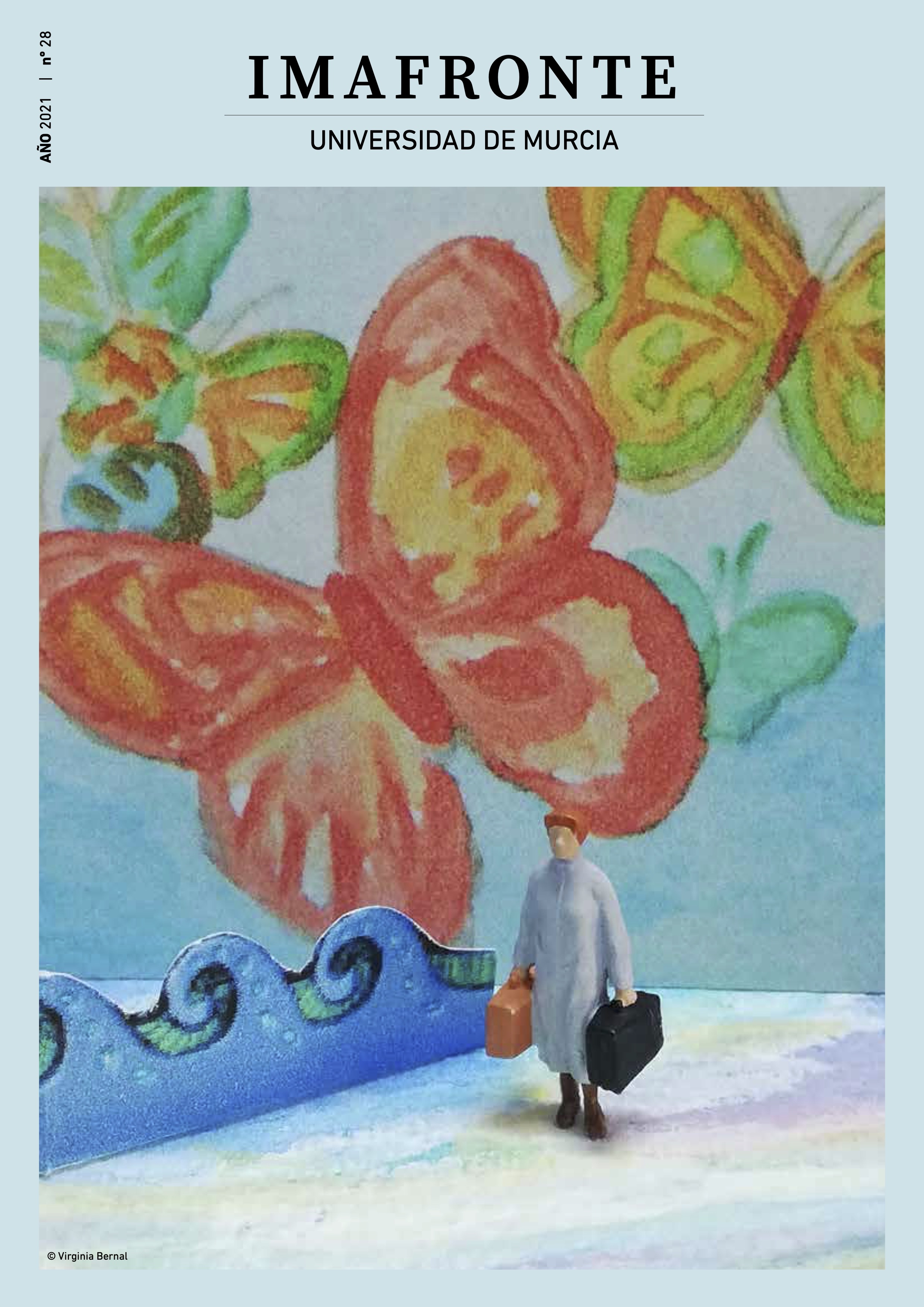The gift of the nap
Notes on the body, the house and the time
Abstract
Miguel Ángel Hernández approaches the nap as a resistance in the everyday. Including theory, literature, art and autobiography (as the author presents himself as a good practitioner of these naps), we are immersed in a map of references on napping that are looked at from the current health crisis situation. His writing has the capacity to come down to our contexts, creating in the reader a sense of commonality, of cultural ties and social links marked by the need to rethink from this moment of collective rest (even if each one practices it at home) after midday. In this review we will focus especially on his way of interweaving this exercise of first-person memory with artistic and theoretical references, being coherent with a writing format based on annotations that are much more horizontal and open than a rigorously bounded investigation.
Downloads
-
Abstract561
-
PDF (Español (España))395
-
EPUB (Español (España))39
Copyright (c) 2021 Víctor Sánchez de la Peña

This work is licensed under a Creative Commons Attribution-ShareAlike 4.0 International License.
1. The authors non-exclusively assign the exploitation rights (reproduction, distribution, communication and transformation) to the magazine.
2. The works published in this magazine are subject to the Attribution-ShareAlike 4.0 International license (CC By SA 4.0). Therefore, they can be copied, used, disseminated, transmitted and publicly displayed, provided that:
i) the authorship and the original source of its publication (journal, editorial and URL of the work) are cited, thus allowing its recognition.
ii) it is allowed to remix, transform or create from the material while maintaining the same license as the original.

3. Self-archiving conditions. Authors are allowed and encouraged to electronically disseminate the pre-print (version before being evaluated) and/or post-print (version evaluated and accepted for publication) versions of their works before publication, as it favors their publication. Earlier circulation and diffusion and with it a possible increase in its citation and reach among the academic community. Color RoMEO: verde.






















